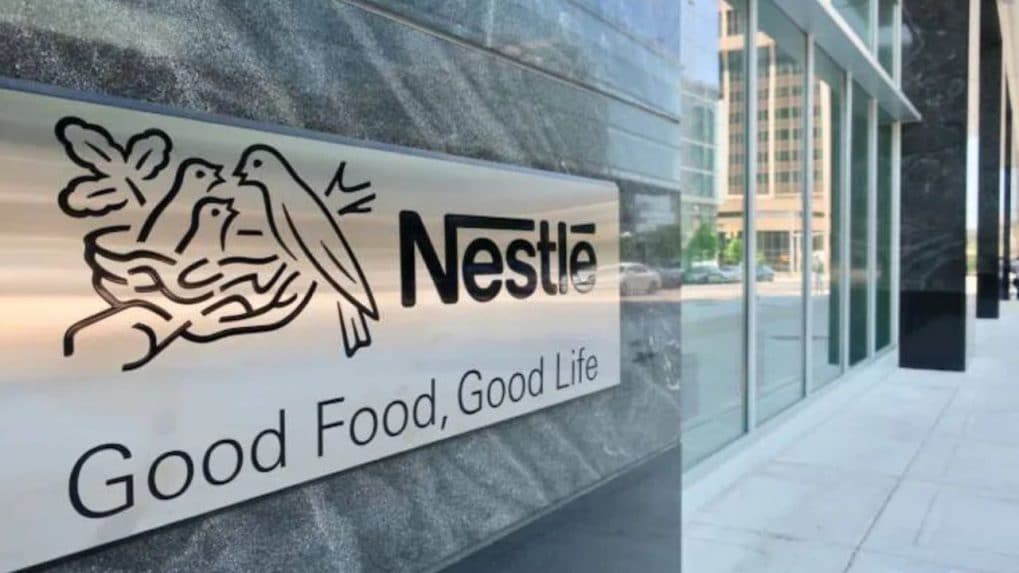Nestlé USA to remove synthetic food colors by mid-2026, joining industry-wide health push
Following growing health concerns, Nestlé has committed to full elimination of artificial dyes, aligning with FDA-led voluntary phase-out.
ADVERTISEMENT
Nestlé USA has announced it will phase out all synthetic food colors from its U.S. product range by mid-2026, marking the culmination of a gradual shift that already sees over 90% of its portfolio free from artificial dyes.
The move aligns with broader industry momentum and regulatory encouragement, notably from U.S. Health Secretary Robert F. Kennedy Jr. and federal agencies, targeting petroleum-derived dyes due to rising concerns over links to ADHD, obesity, diabetes, according to a Reuters report.
Nestlé’s pledge places it alongside major peers- Conagra Brands, General Mills, Kraft Heinz, among others, all racing to reformulate recipes and sunset controversial colorants. Conagra Brands recently announced that it would remove synthetic colors from its U.S. frozen products by the end of this year and would stop selling products with artificial colors to K-12 schools by 2026-2027. Earlier this month, General Mills announced plans to remove artificial colors from its entire U.S. retail business, including cereals and foods served in K-12 schools, by the summer of 2026. Kraft Heinz (KHC.O), has also announced that it would stop launching new products containing artificial colors in the United States and plans to eliminate synthetic dyes from existing items by the end of 2027.
Several packaged food companies, including W.K. Kellogg and Tyson Foods have already been actively reformulating their products to exclude artificial colors and introducing new items free of synthetic dyes.
The push for a dye-free food supply is gaining regulatory traction in the States. Several states, including California and West Virginia, have already imposed bans on these additives in school meals. Others, like Texas, are requiring warning labels on products containing dyes banned elsewhere, indicating a potent mix of local pressure and federal intent.

